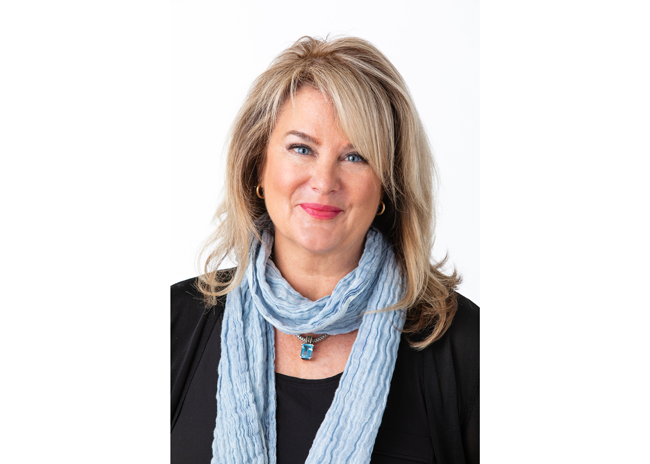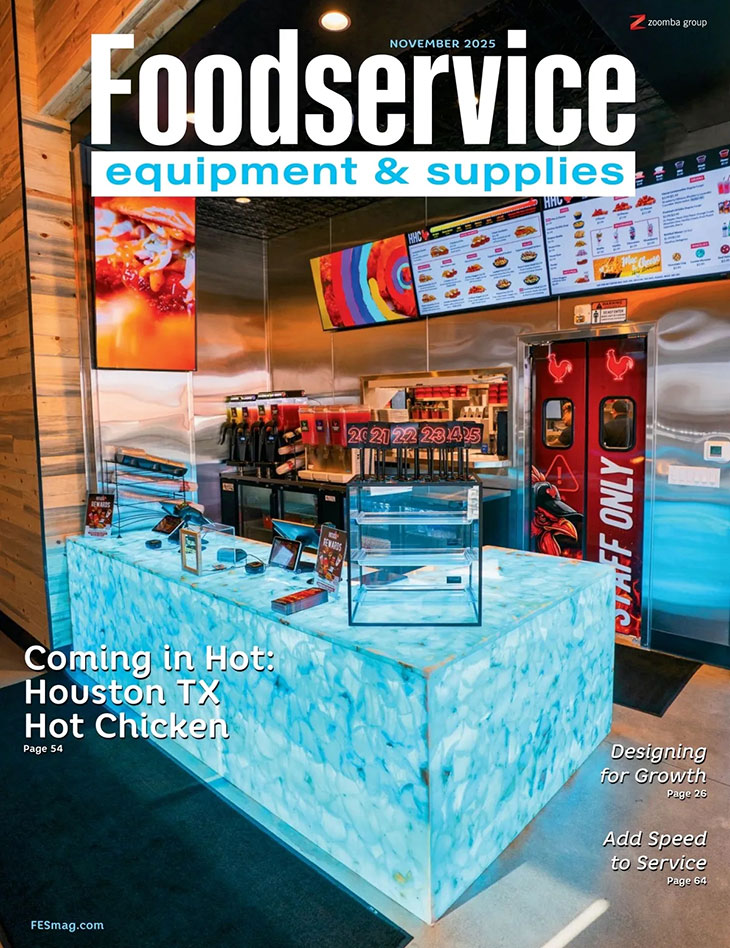When consumers return to restaurants, they want feelings of comfort, well-being, security and optimism. Eating around a properly curated table and dining room can play a big part in conveying that sense of optimism and security.
Even casual readers of FE&S have probably realized that I am no fan of name-dropping. While it may feel good for me, in the moment, to mention that I have been out to dinner with an industry luminary or at a conference with them or talking one on one to someone, I understand that it really has no intrinsic value for you, the reader. In virtually every instance it would detract from our editorial purpose and probably cheapen the very relationship that I was attempting to highlight.
There is nothing like the special combination of uncertainty and monotony that a pandemic brings to remind us of the importance of recognition.
We always say that the commercial foodservice equipment and supplies industry is low-tech/high-touch in terms of how we like to do business. It feels empty when we can’t get together and network as a community. I hope this is a very temporary situation.
Kent Estep, Field Supervisor, CES, Mesquite, Texas
The restaurant industry remains rooted in a certain entrepreneurial spirit. Everyone loves the story of two friends sketching out their business plans on the back of a cocktail napkin as part of a late-night conversation for the ages. These days, the industry continues to attract entrepreneurs but in a slightly different manner. Enter Nili Malach Poynter, president of ChefReady, a Colorado-based ghost kitchen operation.
Modern Market Eatery has grown from a 2009 startup in Boulder, Colo., to a 29-store chain that now franchises.
In the wake of a year that is commonly — but perhaps understatedly — referred to as “unprecedented,” dining operations of every kind should reevaluate how they’re serving and whether “business as formerly usual” will continue to make sense. Simply put, foodservice operators no longer have the luxury of not thinking about and planning for the unexpected.
As the United States turns the corner on the COVID-19 pandemic and restaurant owners determine their reopening plans or reassess long-term operating strategies, this could be an opportune time to consider other business goals, including reducing operating costs through energy efficiency. Making energy choices that count is good for a restaurant’s bottom line and the climate.
Takeout and delivery dominated the foodservice industry last year, thanks to the pandemic.
When things are going along just swimmingly it can be too easy to forget the people who have contributed to your success. This is why parents so frequently remind us to say thank you to those who have helped along the way.
Any realistic look at how far away the end of the tunnel is has to begin with an honest appraisal of where we are at right now. The most recent jobs reports show large-scale losses in the hospitality and restaurant space.
While we might not be slammed at the moment, let’s prepare to be. How can we work today to maximize our capacity for tomorrow?
While the pandemic and restaurant restrictions has made it challenging to pinpoint food trends this New Year, one pattern certainly stands out.
Retiring from TriMark in February of this year has given me the chance to reflect on the industry and my career.
January 2021 has arrived … thankfully.
The beginning of the second quarter of 2021 marks the end of the first full year of dealing with the COVID-19 pandemic and offers some real hope for the immediate future as we look ahead to the rest of the year.
After a 9-month closure due to the pandemic, multiconcept operator 50 Eggs Hospitality Group reopened CHICA Miami, a high-end Latin-American restaurant in Florida, on Dec. 9, 2020.
This week marks the official start of the Major League Baseball season. And this year while fans hope players from their favorite teams make hard contact with the baseball, they will also cheer for something contactless. This is in reference, of course, to the contactless service throughout ballparks aimed at minimizing the risk of spreading COVID-19.
Companies don’t become cohesive by accident. Though, in the case of Kittredge Equipment Company, it’s really in our DNA.












